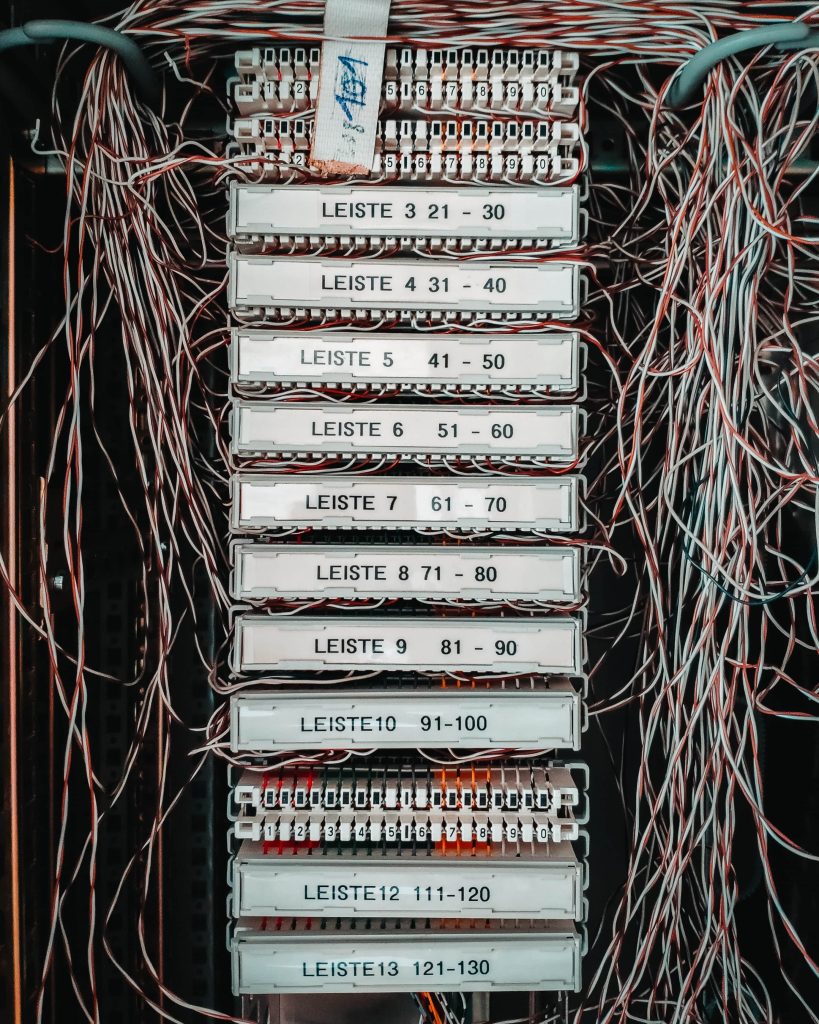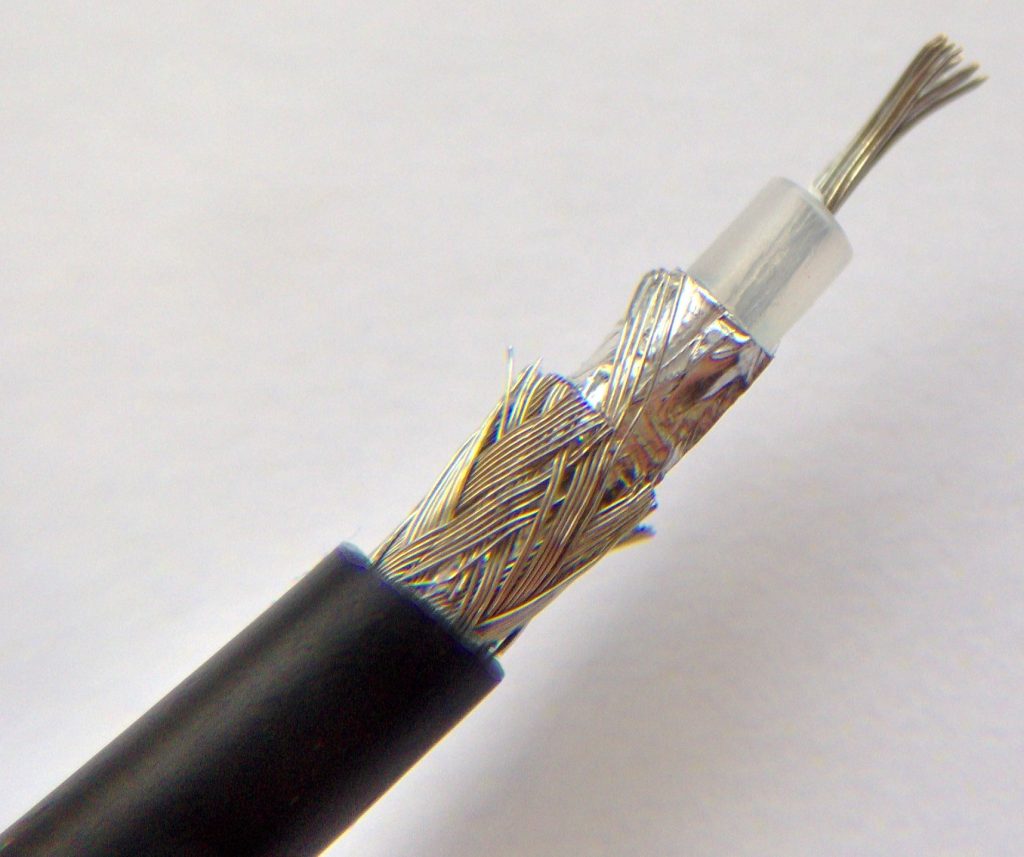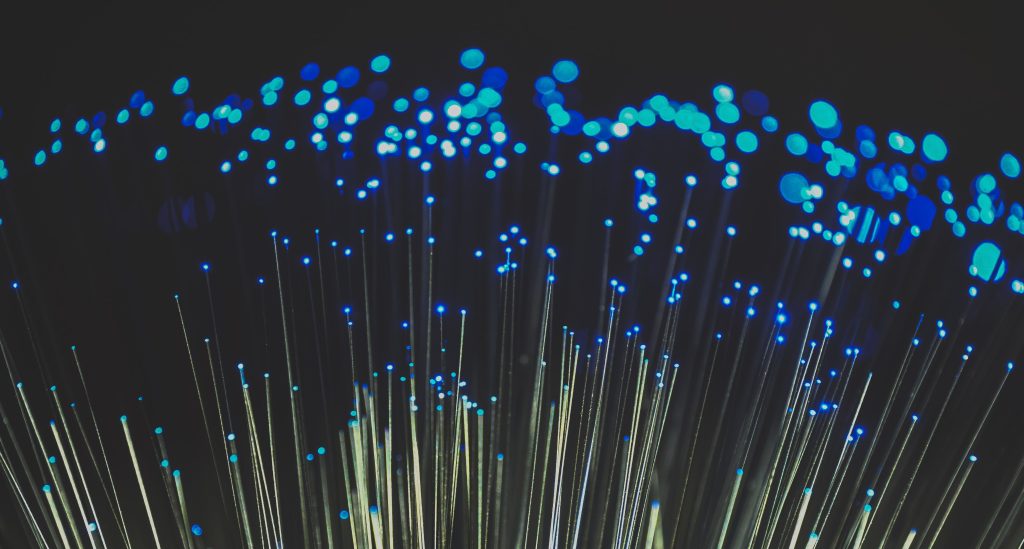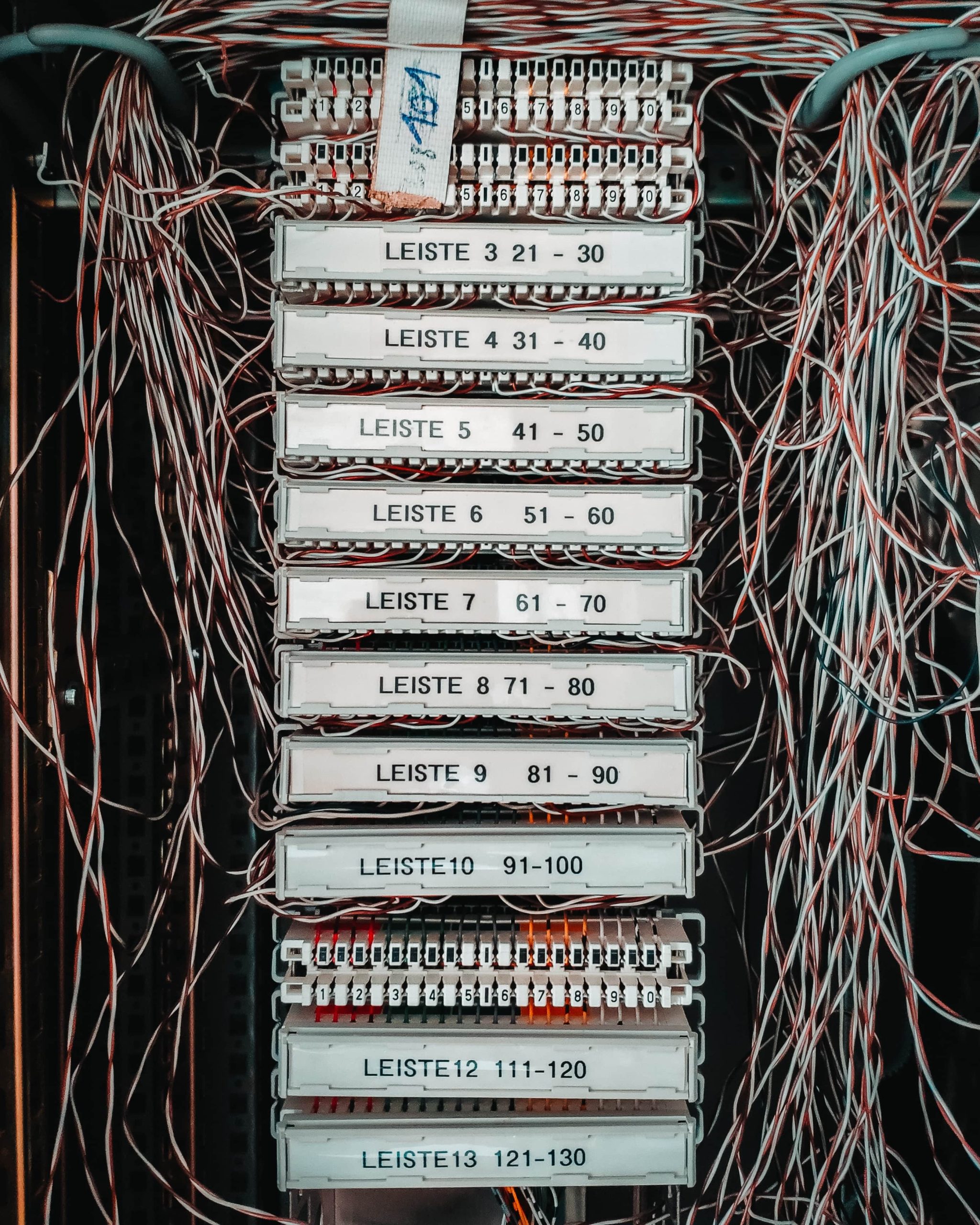In most European countries, you have the choice of what broadband technology you want to use to get online with at home.
Normally, your choices will be between two or more of DSL, cable, and fibre broadband. In some countries, such as Germany, you might be able to choose between all three of these different types of broadband connection, depending on where you live.
In this guide, we’ve explained the advantages and disadvantages of DSL, cable, and fibre broadband, to help you decide which one to choose.
DSL broadband

Digital subscriber line (DSL) broadband is the most commonly-available broadband technology in most parts of Europe.
Using DSL, the final leg of your broadband connection will be delivered using copper telephone lines, which do not offer fast speeds compared to coaxial cable or fibre optic technology.
Normally, you can get a download speed of up to 100 Mbit/s with DSL broadband. However, although DSL relies on old copper cabling, sometimes it’s possible to get much faster download speeds using this type of technology.
There are variants of DSL technology such as VDSL and G.fast that only use copper cabling for the very final leg of the connection to your house. Fibre is used for the majority of the connection, meaning you can get download speeds of 200-1000 Mbit/s with these types of DSL connections.
However, in the majority of cases, DSL broadband is quite slow, which is why it’s being replaced with fibre broadband infrastructure in most countries.
Cable broadband

With cable broadband, your connection is delivered using coaxial cables – the same technology used to deliver digital TV services.
Cable offers download speeds of up to 1000 Mbit/s most of the time, although its download speeds are not as high as fibre broadband in most cases.
The other downside to cable broadband is it’s not as widely available as DSL or fibre in most countries. This is a more specialised type of technology, which also means that the number of providers that offer it is normally quite limited compared to DSL or fibre.
The advantage of cable broadband is it can offer the same download speeds as fibre for a cheaper price, depending on where you live.
Fibre broadband

If you want fast download and upload speeds and low latency, fibre broadband is your best choice.
Using fibre technology, internet data is transmitted along fibre-optic cables as pulses of light. Meaning, the theoretical maximum rate of data transmission is only limited by the speed of light, which is to say, fibre is very fast.
You can normally get a latency of as low as 5ms with fibre broadband, although download speeds are limited to 1000 Mbit/s in most countries.
One upside of fibre broadband, other than its fast download speeds, is you can sometimes get symmetrical upload speeds. In Sweden for example, most fibre providers offer 1000 Mbit/s download speed packages with a 1000 Mbit/s upload speed. This is not normally possible with DSL or cable broadband.
Even if symmetrical download and upload speeds are not available, you should be able to get faster uploads with fibre compared to most other types of broadband technology.
The downside to fibre broadband is it’s normally the most expensive way of getting online. It’s best if you want fast speeds and low latency, and don’t mind paying more for this.
Which type of broadband should I choose?
Before you decide between DSL, cable, and fibre broadband, you need to figure out:
- Which technologies are available at your address. It might be that you only have the choice of DSL or cable internet, for example.
- How much download and upload speed you need.
- Whether having an ultra-low latency is important to you (probably not, unless you play online games competitively).
In general:
- A DSL connection is best for 1-2 person households, assuming you can only get a maximum download speed of 100 Mbit/s using this type of technology. If you can get 200-1000 Mbit/s using VDSL or G.fast, DSL is suitable for larger households.
- Cable connections are best for 3-4 person households.
- Fibre broadband is best for 3-4 person or larger households, as well as for people who work from home, if you don’t mind paying more.

I’m Roger, and I’m the founder of Broadband 4 Europe.
I grew up in Switzerland but live in Germany now, and also lived in South Tirol for a while in the past.
I have a background in IT and have performed extensive research into the broadband markets of most major European countries. Learning about fixed-line broadband markets is my nerdy hobby, but I’m also excited by the possibilities that 5G (and eventually 6G) broadband will provide us in the future.
When I’m not researching broadband companies and their networks, you’ll find me playing volleyball or the piano.





